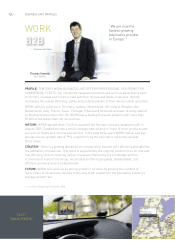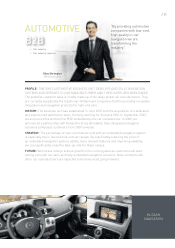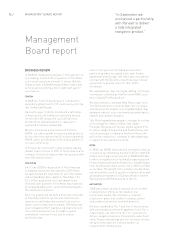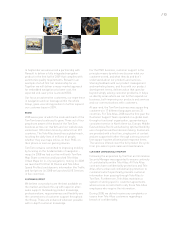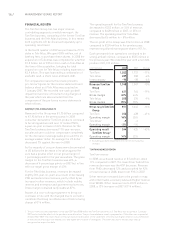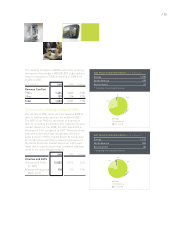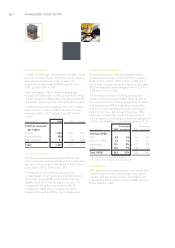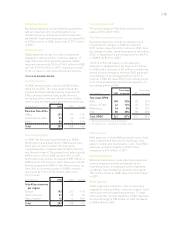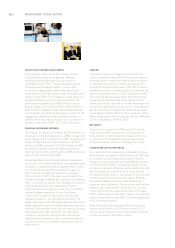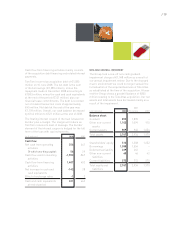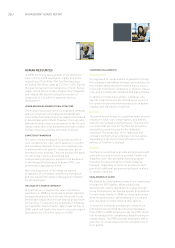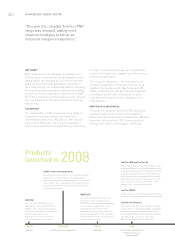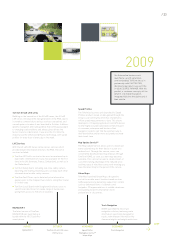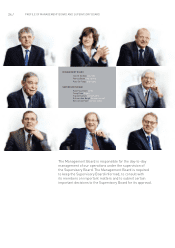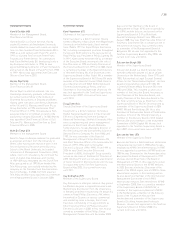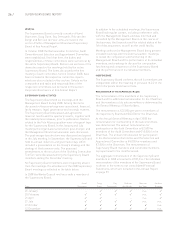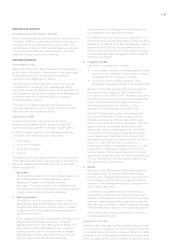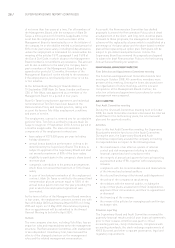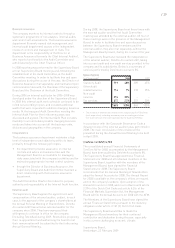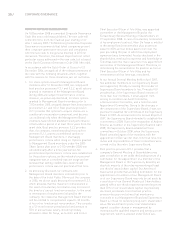TomTom 2008 Annual Report Download - page 22
Download and view the complete annual report
Please find page 22 of the 2008 TomTom annual report below. You can navigate through the pages in the report by either clicking on the pages listed below, or by using the keyword search tool below to find specific information within the annual report.
MANAGEMENT BOARD REPORT
20 /
HUMAN RESOURCES
In 2008, the Group saw a growth of our workforce
from 1,337 to 3,498 employees, mainly due to the
acquisition of Tele Atlas. The TomTom business,
excluding Tele Atlas, grew by 23.3% to 1,676. During
the year we opened new operations in South Korea,
Japan, South Africa, Turkey, Poland, Czech Republic
and Ireland. We intend to bring the number of
employees in line with the expected revenue
development.
HUMAN RESOURCES ORGANISATIONAL STRUCTURE
The human resources function is organised centrally,
and in principle all our employees worldwide are
serviced by the human resources departments based
in Amsterdam and in Ghent. However, there are also
dedicated human resources personnel in the US and
Taiwan; while other sites have personnel that combine
human resources activities with other functions.
COMPETENCY FRAMEWORK
The work of every employee is built around three
core competencies: open spirit, passion for results
and innovative thinking. These core competencies,
combined with role specific competencies, are at
the heart of our strategy. They are used as the basis
for recruiting, training, developing and
compensating employees, and form the backbone
of the General Performance Scheme (GPS), our
performance appraisal scheme.
After the acquisition of Tele Atlas we started
preparation of a renewed competency framework
and one single Performance Management System
for all employees.
THE VALUE OF A DIVERSE COMMUNITY
At TomTom, we recognise the value of a diverse
workforce. In 2008 we continued to attract talented
young professionals from all over the world. In our
Amsterdam head office we now employ people from
59 countries. To underline the importance of diversity,
we signed the Dutch Charter ‘Talent naar de Top’ in
2008, which will lead to the launch of a more explicit
diversity policy in the first quarter of 2009.
COMPENSATION & BENEFITS
Compensation
Our approach to compensation is geared to serving
the company’s worldwide strategy, and consists of a
mix of base salary and performance bonus, plus a
long-term incentive for employees in mission-critical
roles and for employees identified with high potential.
In addition to these basic pillars, individual, role-
specific output bonuses are offered as an incentive
for certain employees around areas such as patent
creation and individual recognition.
Bonuses
The performance bonus is a significant part of every
employee’s total cash compensation, and directly
linked to the company’s performance. This fits with
our vision that success for TomTom as a business
should also mean success for the individual
employee. The proportion of the individual and
company elements of an employee’s bonus varies,
depending on the level of their influence on the
delivery of TomTom’s strategy.
Benefits
TomTom is committed to provide all employees with
sufficient security in terms of pension, health and
disability cover. Our worldwide benefit program
therefore focuses primarily on these subjects.
However, depending on local circumstances and
practices, additional programs may be put in place
in certain countries.
DEVELOPMENT OF TALENT
We identify the development needs of our employees
through the GPS system. When a particular
development need is identified for a large enough
group of employees, we develop specific programmes
to meet those needs. In 2008 our training activities
were focused around craftsmanship of our people
and coaching to further develop their talents.
To meet the individual development needs of our
employees we launched the Personal Navigation
Plan (PNP) in 2008. Employees use the PNP online
tool to manage their competency-based training on
a yearly basis. The PNP provides employees with a
selection of courses based on the competencies in
their profile.


